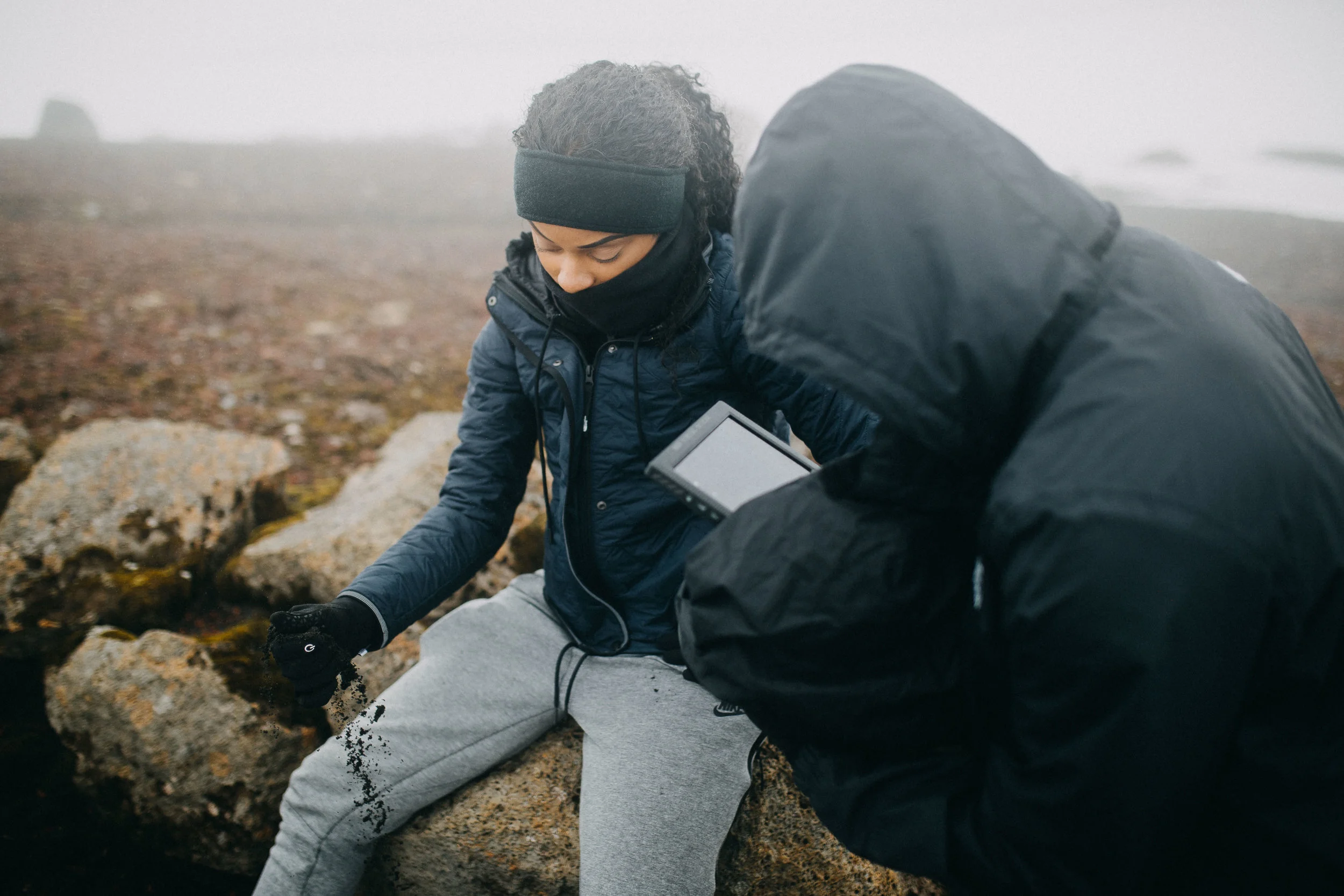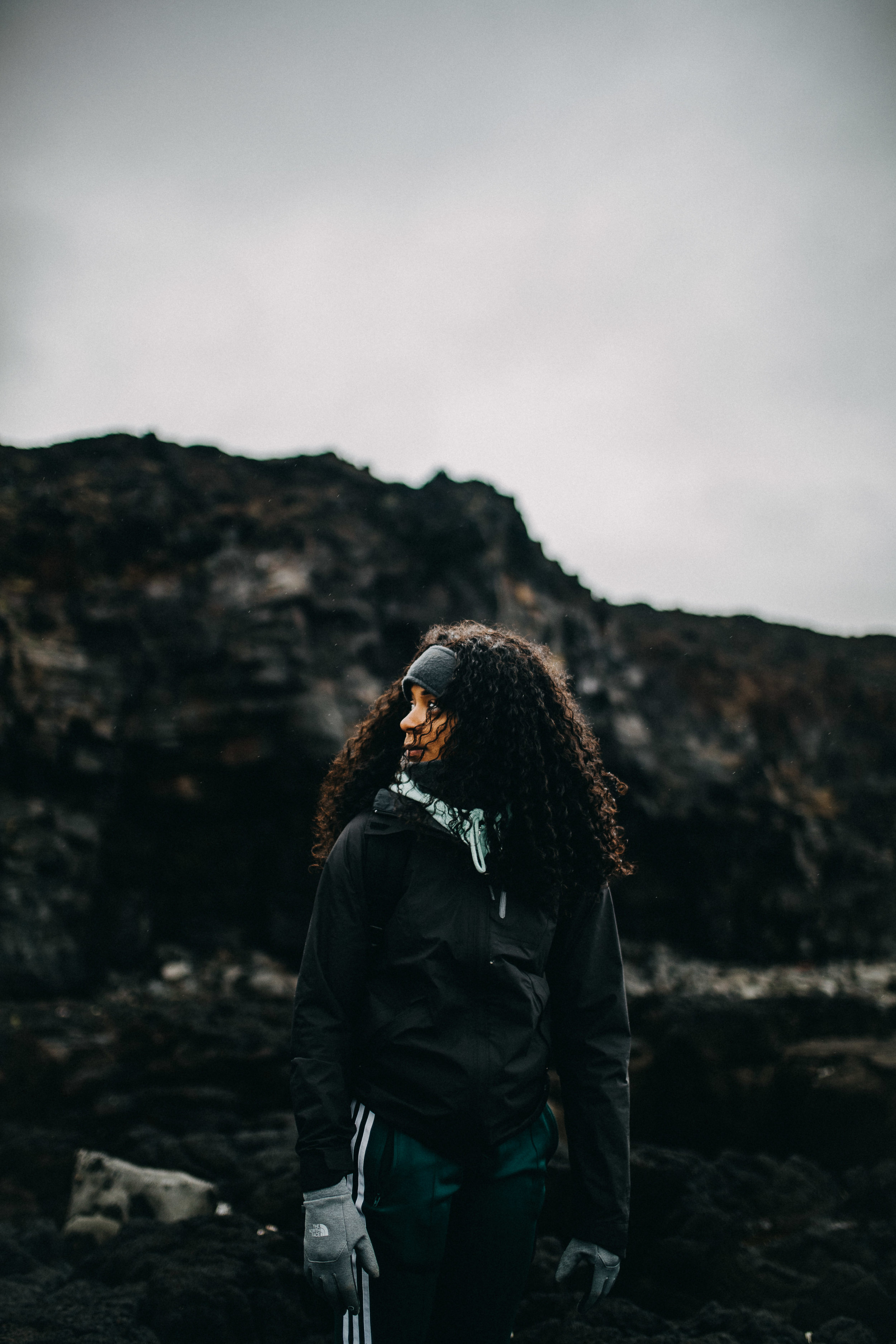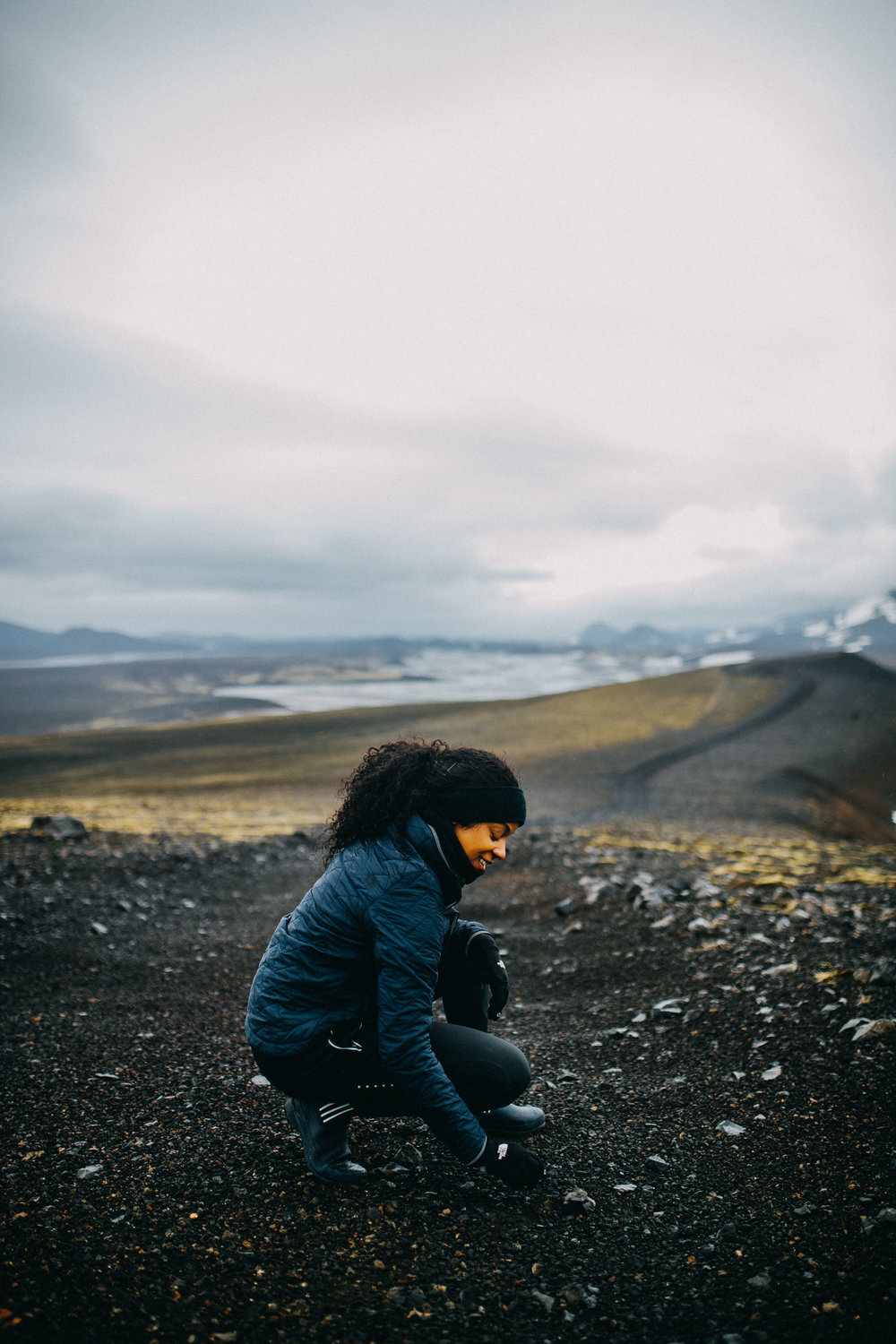Iceland is known as the land of fire and ice. It is a landscape brimming with slow-moving glaciers, boiling geysers, endless waterfalls, rugged peaks, and black sand beaches.
Iceland is one of the most beautiful landscapes I've ever seen, and one that wouldn't be here without volcanoes.
Volcanoes are fascinating in their own right. In fact, they created more than 80% of Earth's surface, providing fertile soil that has allowed civilizations to flourish for centuries.
Ironically, this unpredictable force of nature can also disrupt life in the very civilizations it helped create.
On March 20, 2010, Eyjafjallajokull began spewing molten lava in south Iceland after being dormant for 180 years. It's known as the eruption that stopped the world.
On April 14, 2010, after a brief intermission, the volcanic eruption resumed from the top crater in the glacier's center. The renewed eruption caused massive flooding, which required an evacuation of 800 people. This second eruption threw volcanic ash several kilometers into the atmosphere. That even led to air travel disruption in northwest Europe. The disruption lasted for six days, leaving thousands of travelers stranded.
An eruption like what Icelanders saw in 2010 could happen again at any moment. In fact, Katla—one of Iceland's largest and most dangerous volcanoes—has been showing signs of unrest. Experts believe that there's a strong possibility for an eruption soon.
Which made me wonder: As an Icelander, what is it like knowing that at any moment, a devastating eruption could occur, possibly changing your life forever?
























